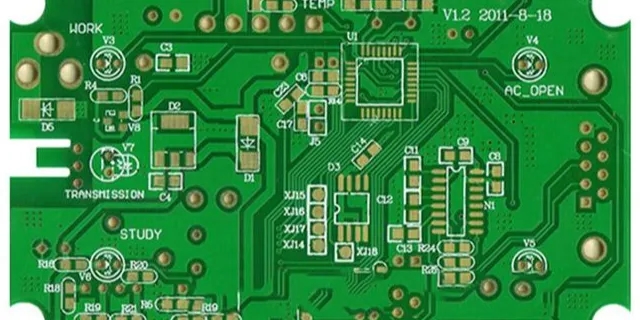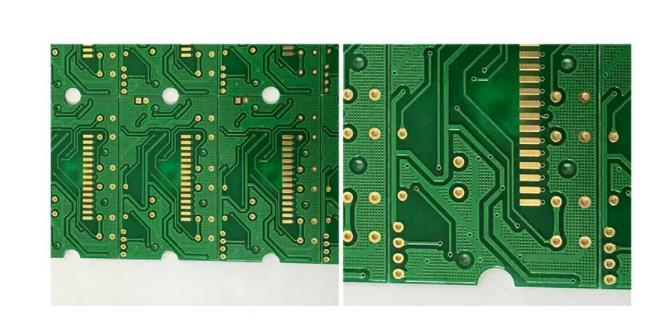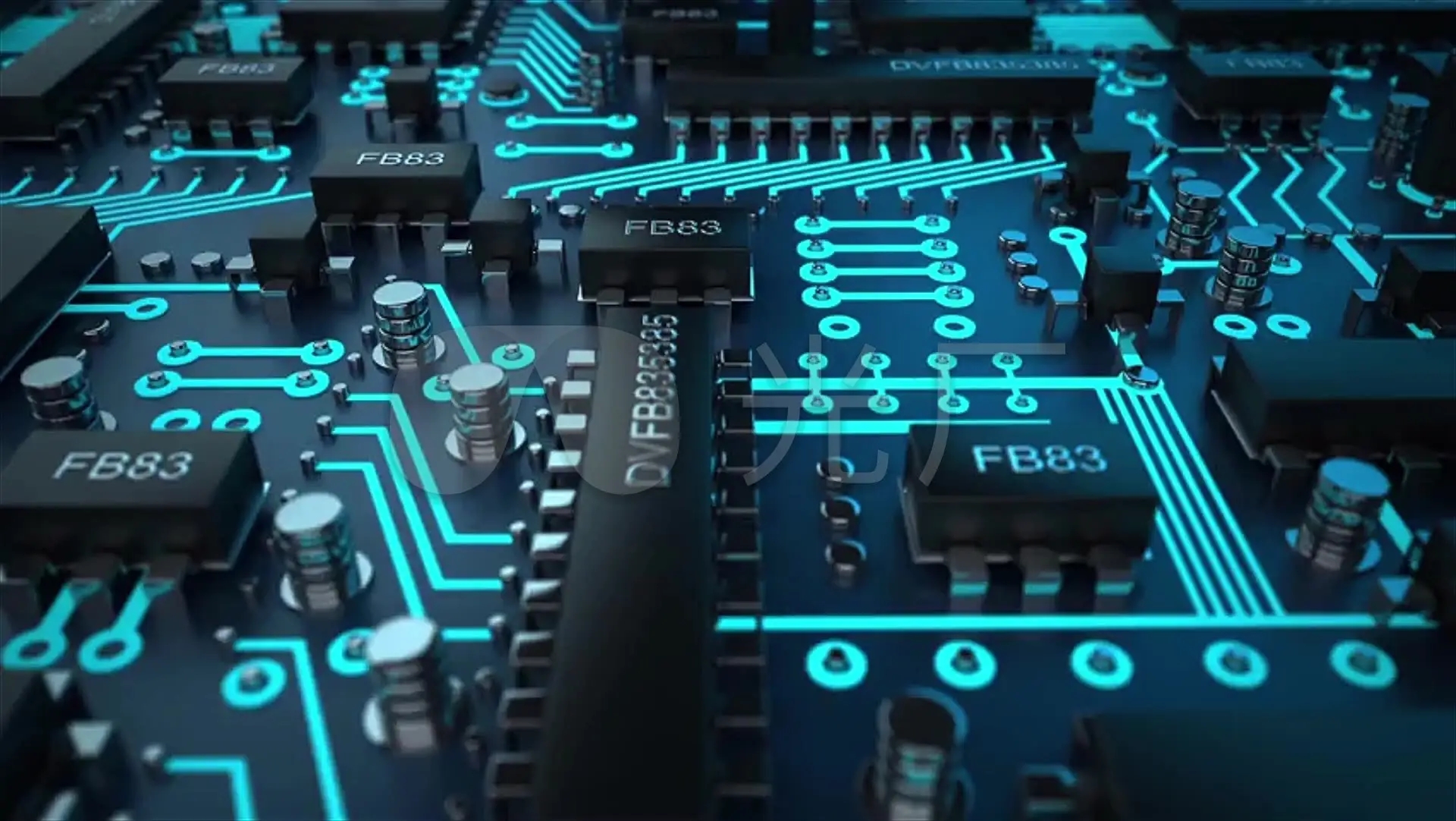
How PCB manufacturers choose lead-free solder
For PCB manufacturers, although lead-free solders are still not widely used in the circuit board industry, the number of patented products has long been confusing. And all kinds of brands do not have their own good words to say, but also let people feel like two king kong don't know what to do? In a short time, we want to correctly evaluate the long-term potential of various mass production from the results of a few simple experiments

Depend on it, I don't know what to do! The following are some recognized criteria for lead-free solders:
◆ Non toxicity of lead-free solder
◆ Lead free solder is available and affordable
◆ The plastic range of lead-free solder should be very narrow
◆ Acceptable Wetting of lead-free solder
◆ Lead free solder is material manufacturable
◆ The manufacturing process temperature of lead-free solder should not be too high and can be widely recognized (Acceptable Processing Temperature)
◆ Form Reliable Joints of lead-free solder
Those who roughly meet these conditions and can replace the current Sn63/Pb37 alloy solders. In the past few years, PCB manufacturers have paid more attention to the following formulas
1、 Sn96.5/Ag3.5 alloy of lead-free solder
The melting point of this two-phase alloy is 221 ℃ ', which has been used in the hybrid ceramic board industry for many years, and is most favored by NCMS, Ford, Motolora, Japanese TI and German researchers in the United States. It is considered to be the most suitable solder to replace Snb. However, some American businessmen think that the soldering in the process of Ref1ow is very poor, and it is difficult to achieve perfect quality. This is
Because the surface tension is too high when it is in liquid state, the contact angle (Contact Ang1e) is too large, resulting in insufficient tin diffusion (Spreading g). However, the conductivity of this material is 30% higher than that of Sn63/Pb37, and the specific gravity is 12%, but the coefficient of thermal expansion (CTE) is 20% higher than that of Sn63/Pb37.
2、 Tin copper co fusion gold Sn99.3/Cu0.7 of lead-free solder
The melting point of this two phase alloy is 227 ℃. According to the American N O r t e 1, the welding quality of this two phase alloy (wave welding in nitrogen environment) in telephone products is almost equal to that of Sn63/Pb37. However, if solder paste fusion welding is carried out in general air, not only will the tin adhesion become worse, but also the solder joint will have a rough and textured appearance, and even its mechanical strength is quite good, almost all of them are listed as None
Lead solders are at the bottom of the list. However, due to the low price and the fact that oxidation is not easy to occur in the tin flow 'and there is not much scum', the American NEMI thinks it is appropriate to use it in Pottin. When PCB manufacturers want to spray tin, this alloy should be a suitable material. nail
3、 Sn/Ag/Cu eutectic alloy of lead-free solder
The eutectic temperature of this most mainstream three-phase alloy is around 217 ℃ (Sn3.5 A g 0.9Cu). There are seven or eight similar formulations with different weight ratios. The range of slurry state is extremely narrow. It is currently recognized by PCB manufacturers as the best dual-purpose lead-free solder and the most likely universal standard solder. The role of a small amount of copper is:
(1) It can reduce the continuous increase of foreign copper in the solder joint.
(2) It can reduce the melting point of solder.
(3) It can improve the tin adhesion, strengthen the durability of solder joints and the thermal fatigue resistance of the previous period.
4、 Sn/Ag/Cu/X four phase eutectic alloy of Sn, Ag, Cu and other metals
Here X represents In, Bi or Sb, which are mostly used later
5、 Tin, silver and bismuth plus other metals, alloy Sn/Ag/Bi/X
When bismuth is added to this alloy solder, the melting point will be reduced, and the tin adhesion will be improved, and the solderability is almost the best of all lead-free solder. However, the trouble of "bismuth cracking" is easy to occur. NCMS also said that bismuth containing people are prone to "through hole annular tin filling floating crack" in wave welding, but it is still preferred by Japanese industry.
Of course, a large number of PCB manufacturers should consider the cost of solder. The following table compares the cost of various solder based on Sn63/Pb37 eutectic solder. The table also lists the unit prices of various pure metals, and compares the price difference with the lead price as "1" for PCB manufacturers' reference.







